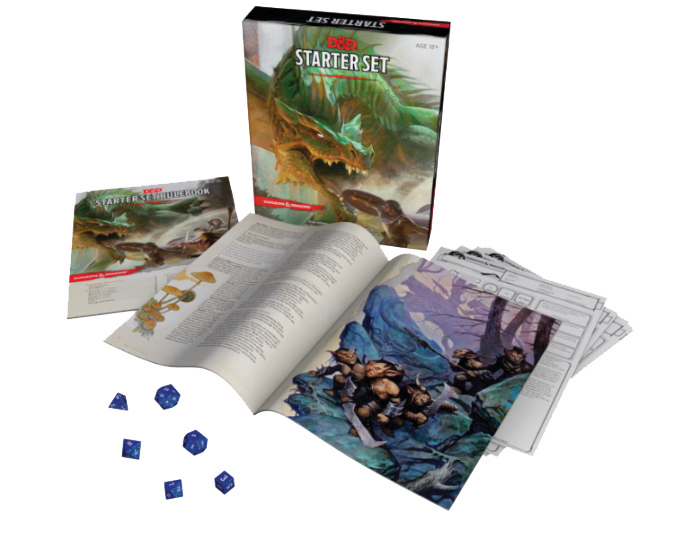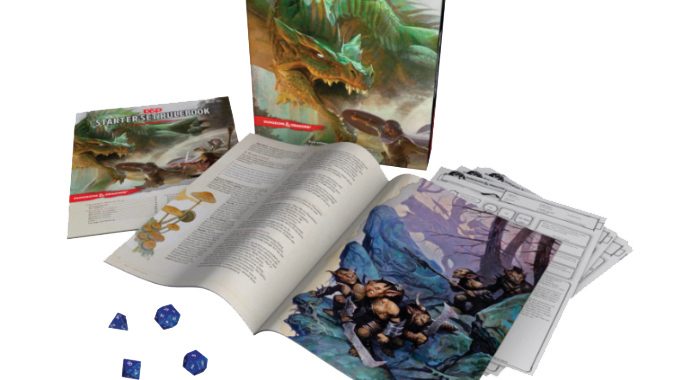Long before the blood and mud and full-frontal shenanigans of Game of Thrones titillated television viewers around the globe, assassins and sell-swords were guiding the rise and fall of warring kingdoms, bold rangers were roaming icy northlands keeping monstrous undead hordes at bay, and dragon-mounted valkyrie queens were ecstatically vaporising foolhardy enemy hosts. However, in the mid-1970s, such epic fantasy adventure was not to be found on premium cable networks or even via cinematic release — instead, the realms of sword and sorcery more closely resembled nerd-filled bedrooms and rumpus rooms where earnest escapists immersed themselves in a game that combined elements of dramatic improvisation and characterisation with miniature-based wargaming and the fantasy narratives of J.R.R. Tolkien’s The Lord of the Rings and Robert E. Howard’s Conan the Barbarian. The game was Dungeons & Dragons, and within just a few years this obscure boxed set of three booklets (hand-assembled by creators E. Gary Gygax and Dave Arneson) would transform into an international multimedia publishing phenomenon.

To play Dungeons & Dragons, one player takes on the role of ‘Dungeon Master’ (or DM), the game’s lead storyteller and referee. The DM narrates the adventure and, using the relevant rules and polyhedral dice, determines the results of the adventurers’ actions in relation to the ‘three pillars of adventuring’: exploration, social interaction and combat. The other players take on the role of adventurers and describe to the DM what they want to do (e.g. enter a cavern, question an inn keeper or attack an owlbear). Adventurers choose a race for their character (e.g. dwarf, elf, halfling, or human) and a class (e.g. fighter, cleric, rogue, or wizard) then determine ability scores, ‘flesh out’ their character (i.e. personality and background) and acquire equipment (e.g. weapons, armour, gear). The players work together to complete each adventure and, by doing so, gain rewards like treasure and experience points (or XP). Experience points facilitate advancement through levels (from 1st level all the way up to 20th level) which makes the adventurer more powerful and less likely to perish in future adventures.
Now celebrating its fortieth anniversary and available in a re-vamped fifth edition (5e) consisting of printed publications complemented by an extensive digital toolset, it is fair to say that Dungeons & Dragons has never been more consistent and accessible. Housed in an A4-sized box that is both robust and handsome, the Dungeons & Dragons Starter Set consists of a 32-page rulebook for adventurers, a 64-page book for the DM (including the ready-to-play, four-part campaign Lost Mine of Phandelver), five pre-generated characters, and six polyhedral dice. For those new to D&D, the Starter Set stands as a straightforward, cost-effective and ultimately high quality point of departure into this quintessential fantasy setting. Players: 2-6 (best suited for 4-6), Playing time: 60+ minutes, Age: 12+
Dungeons & Dragons Starter Set is available in Chiang Mai from Golden Goblin Games
Mobile: +6684 901 7762 (JS) and +6681 802 4122 (Bow). Line ID: @Goblin, Web: ww.goldengoblingames.com
